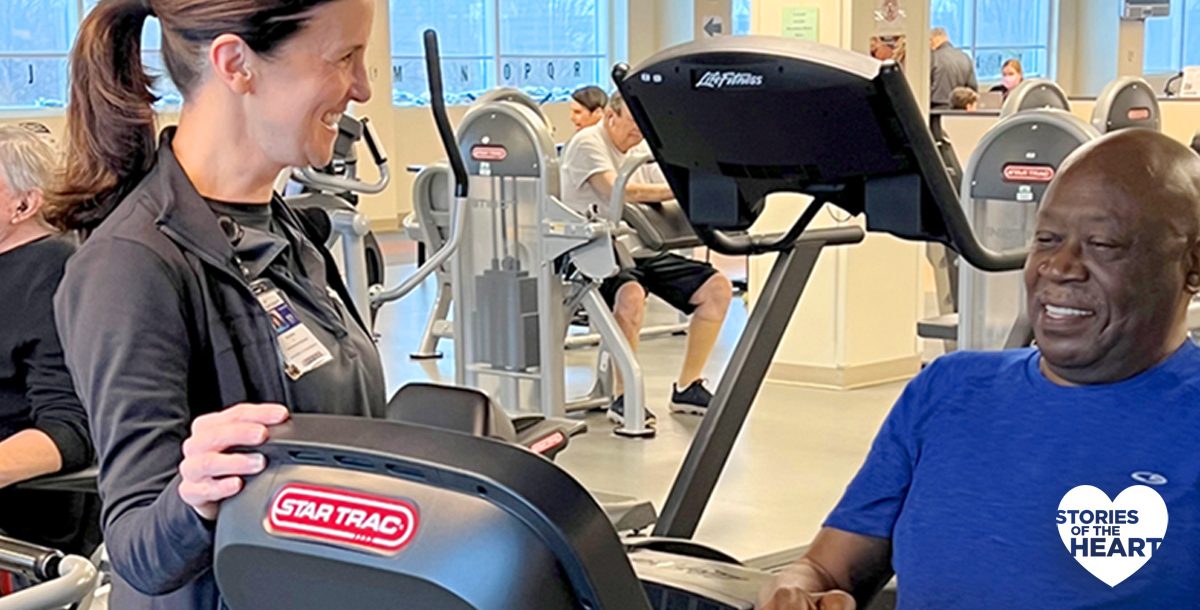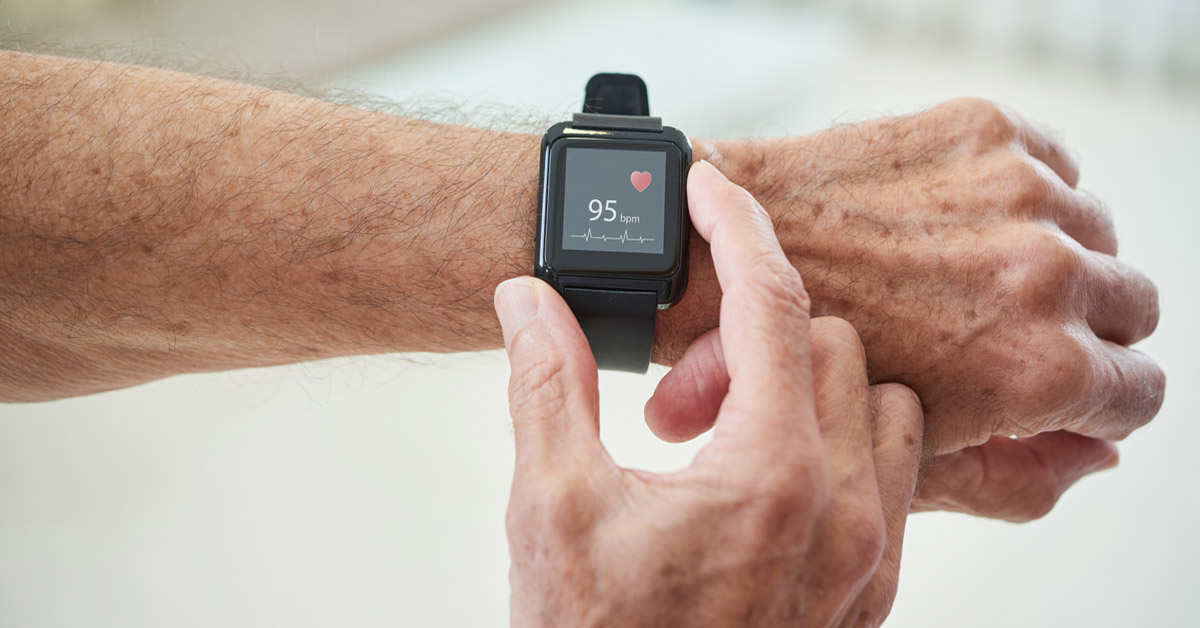It’s February, which means some of you may be ready to give up on that New Year’s resolution of being more active in 2023. But don’t lose hope yet, especially because February is also American Heart Month and moving more may be just what you need to stay heart-healthy.

“Exercise is a key component of good heart health, and often it really is the best medicine,” Belinda Brooks, one of our exercise physiologists (pictured in copy), shares. She works with cardiac rehab patients at Bon Secours HealThy Self. “It can improve blood pressure, increase good cholesterol, lower your blood sugars, even help the parts of our body that are impacted negatively with stress.”
Belinda adds that she has seen the results firsthand.
“We have folks that will walk in with high blood pressure and high stress levels. Once they get moving, those blood vessels relax, and we see the blood pressure settle down right on the spot.”
Many of us refer to heart-healthy exercise as “cardio,” which may immediately bring up images of sweating on a treadmill, elliptical or exercise bike. However, it can be a lot simpler and more enjoyable than that. In fact, Belinda says it should be.
“You can go for a walk around your neighborhood, take a hike, join a dance class, even gardening can be included in exercises that are good for your heart health,” Belinda explains, who encourages you to choose an activity you enjoy. “If you like doing it, it’s something you can stick with and that’s the key. You want to choose things that are going to be sustainable. It may look different for everyone.”
When deciding on what type of activity is best, just remember the most effective heart-healthy workouts do two things – increase your heart rate and cause you to breathe a little faster.
“We’re fortunate in that we now have a lot of inexpensive and accurate tools to measure your heart rate – fitness trackers, watches and bands,” Belinda adds. “It can be a good way to measure if you’re working at the right workload.”
So how do you figure out what your target heart rate should be? It’s actually pretty easy to calculate. Start with the number 220, then subtract your age. The result is your maximum heart rate.
“For good heart health, we want you working at least at 50 percent of that number and up to 80 percent,” Belinda explains.
For example, a 40-year-old’s maximum heart rate would be 180 beats per minute. That means when working out, this person would want to maintain a heart rate between 90 and 144.
Health experts recommend getting in 150 minutes of exercise a week at this pace. However, the numbers are just a guideline to help you get your heart rate up. The most important thing is to listen to your body.
“Go by how you feel – are you comfortable with the challenge? Do you know you’re working? Is it sustainable?” Belinda advises. “Certain medications can keep your heart rate from going up the same way it would if you aren’t taking medications. There are other factors that can change what’s considered the right intensity level for you. So, make sure to tell your doctor you want to get moving so you can talk about what the parameters should be to make sure it’s safe for you to get moving.”
Learn about the heart and vascular services we offer at Bon Secours.




